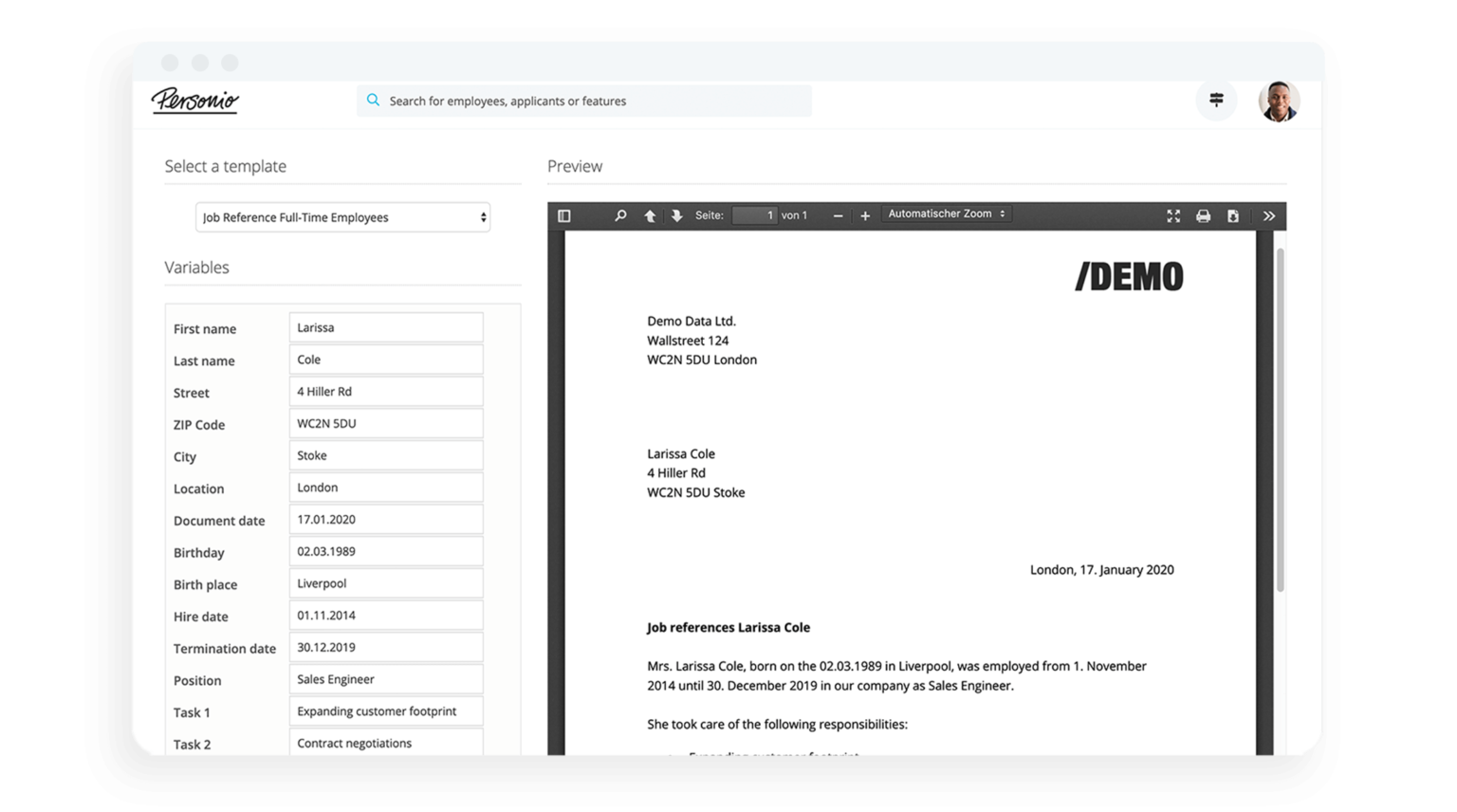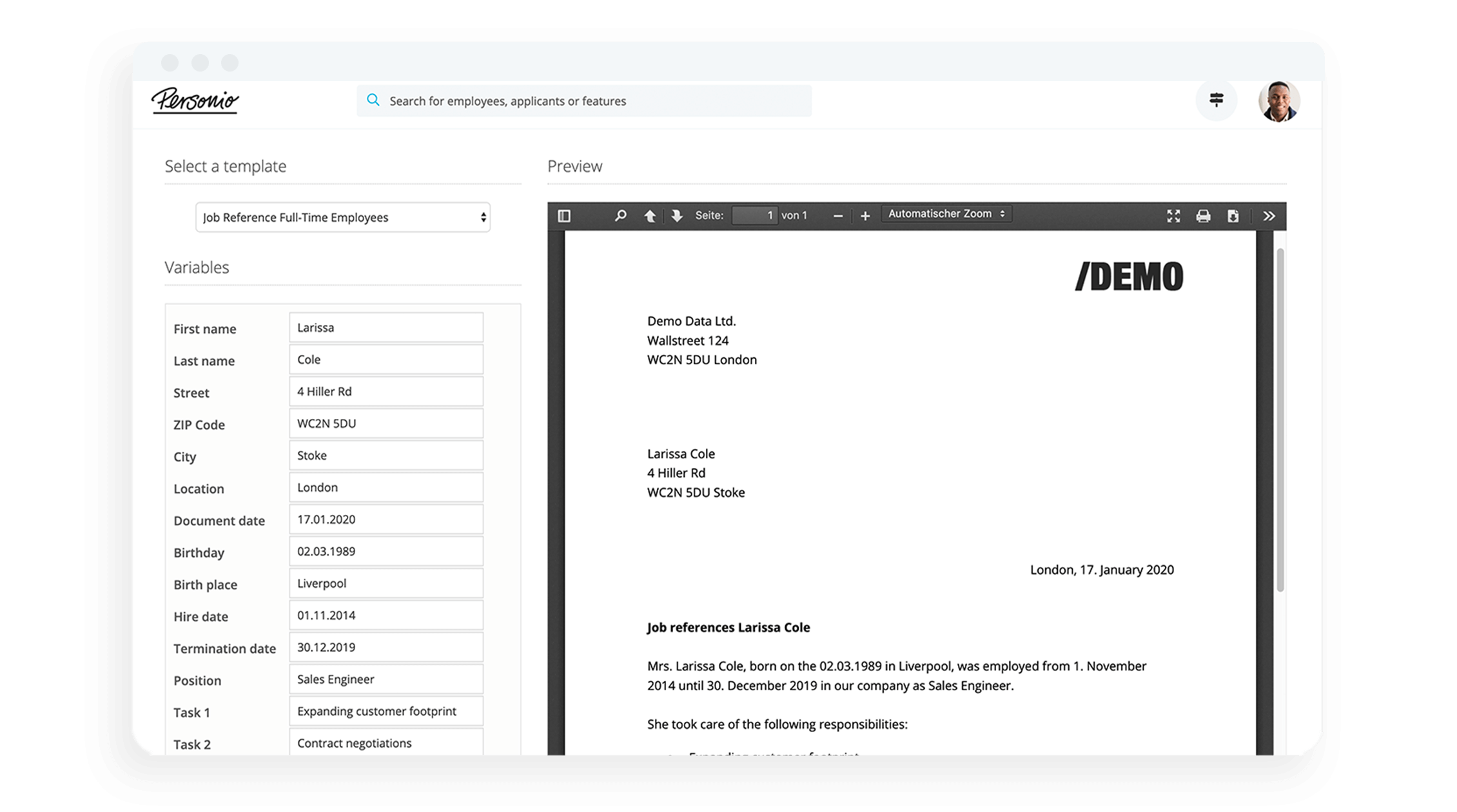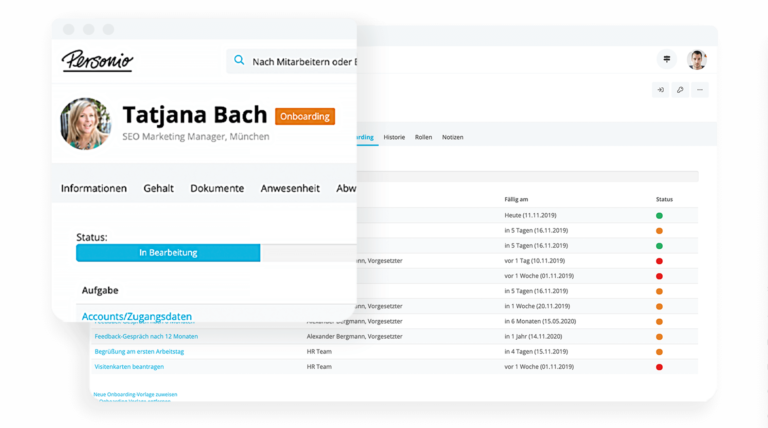Summary Dismissal: Definition & Key Examples

If an employee crosses the line in the office and you dismiss them immediately, it's known as summary dismissal. This article defines a summary dismissal, the procedure required to justify one as well as some examples.
What Is a Summary Dismissal?
Summary dismissal is the immediate termination of an employee's contract without notice or payment in lieu of notice (PILON) as a result of gross misconduct. Employers must ensure a fair and lawful process to avoid allegations of unfair dismissal and comply with legal requirements surrounding summary dismissal.
Summary Dismissal Meaning
In the case of an ‘ordinary dismissal’, you give an employee a week or several weeks' notice alongside clear reasoning why the employee is being let go. A summary dismissal, on the other hand, only occurs when an employee acts in a manner that severed the trust between them and their employer, which leads to a dismissal without both written notice or PILON.
Summary Dismissal Examples
The term gross misconduct may not have a strict legal definition. But the UK government provides some of the most common dismissal examples; theft, gross negligence, serious insubordination or physical violence.
Gross misconduct can also happen when someone has conducted various acts of misconduct over the years. This was the case in Mbubaegbu v Homerton University Hospital NHS Foundation Trust. Homerton University Hospital dismissed an orthopedic surgeon because of his reliance on some pattern of conduct that raised concern over his patient safety.
Employees may claim to act out of ignorance. That’s why every organisation should have an employee handbook to spell out the rules and their consequences if broken. It should also clearly state actions that lead to summary dismissal. If possible, also include them in the employment contracts.
What Is The Summary Dismissal Procedure?
In television or film, you may have seen an employee dismissed by packing up all their belongings in a cardboard box, and making their way toward the door.
In reality, a summary dismissal looks a bit different. Employers need to follow a proper summary dismissal procedure.
To avoid being dragged into a legal battle over an unfair or unlawful termination - it’s best to adhere to the following procedure:
Conduct a full and fair investigation.
Give a paid suspension to the employee if their presence will delay or derail the investigation.
Question witnesses.
After Investigating, invite the employee to the hearing.
Conduct the hearing where you present the evidence before the employee.
Conclude on the outcome of the hearing.
Store & Share Your Staff Handbook Template

Personio’s Templates function allows you to choose from a range of HR-related document templates. Start a free trial today to see it in action for your team.
Start A Trial NowWhat Is A Summary Dismissal Letter?
If you find the employee guilty of gross misconduct in the disciplinary hearing, then you will communicate this to them formally – usually as a letter.
A summary dismissal letter is a formal way of conveying an employee summary dismissal. You can include the dismissal letter as part of your evidence of a fair process.
A good summary dismissal letter should include:
The decision to dismiss the employee and how you came to that conclusion.
The nature of gross misconduct.
Details on how you investigated the case.
Their last day of employment.
Instructions on returning company property.
Why dismissal is the only opinion and why other forms of punishment wouldn’t suffice.
State the employee may appeal the decision. It should contain who they should address the appeal to and the deadline.
Dismissing an employee is no easy task. The line manager or HR representative can set a meeting to pass the message and hand the letter to the employee.
Frequently Asked Questions About Summary Dismissal
What is the Difference Between Dismissal and Summary Dismissal?
The major difference is dismissal comes with a written notice and pay in lieu, while summary dismissal is an immediate dismissal with no form of notice.
Is Summary Dismissal Serious?
The short answer is yes. Summary dismissal only occurs in the event of gross misconduct.
What Justifies Summary Dismissal?
An employer can enforce summary dismissal if found guilty of gross misconduct after carrying out their investigation and holding a hearing. Without a transparent and fair hearing, the employee can sue for unfair dismissal.
When Is Summary Dismissal Unlawful?
Summary dismissal is unlawful if done without conducting the proper dismissal procedures. The Acas Code of Practice on disciplinary and grievance procedures is a good place to start for a fair and transparent procedure.
Summary Dismissal - How Can Personio Assist You
Combining your daily HR activities with a full-blown summary dismissal investigation can be strenuous for you and your team.
Personio helps you concentrate on the investigation and other important activities as the all-in-one HR software helps simplify your other core activities. Make your HR tasks seamless by booking a demo today.
Disclaimer
We would like to inform you that the contents of our website (including any legal contributions) are for non-binding informational purposes only and does not in any way constitute legal advice. The content of this information cannot and is not intended to replace individual and binding legal advice from e.g. a lawyer that addresses your specific situation. In this respect, all information provided is without guarantee of correctness, completeness and up-to-dateness.

